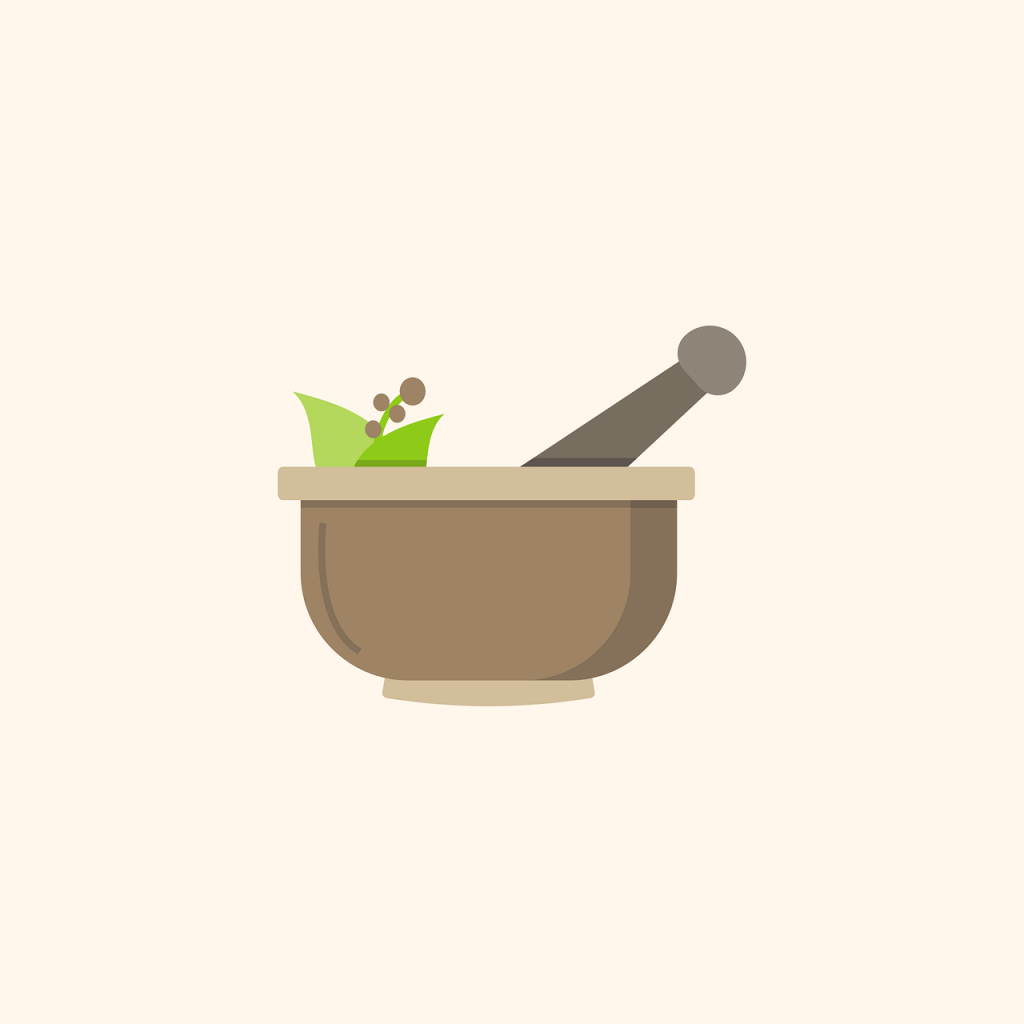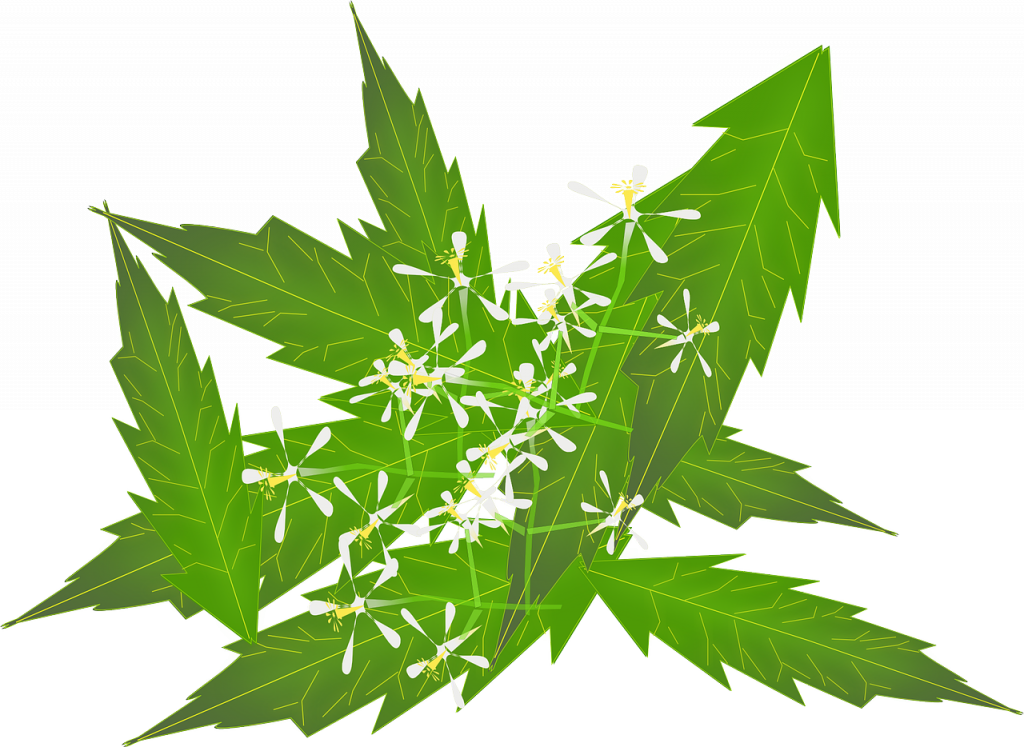Let’s delve into the ancient history of Indian medicine by introducing ourselves to Acharya Charaka, crowned as the Father of Indian Medicine and Charaka Samhita, his most important written work that explains Ayurveda.
Who was Acharya Charaka?
Born c.600 BCE, Charaka hailed from Kashmir. He is known for his invaluable contribution to Ayurveda and as the editor of Charaka Samhita, a pioneering and one of the few surviving written texts on Indian medicine. The exact years of his birth and death are not known but based on studies it was concluded that Charaka lived somewhere between 100 BC and 150-200 AD. Charaka’s images depict him as a sanyaasi (ascetic) with a long beard and sage-like attire. It is believed that he was a student of Atreya Punarvasu who was an Ayurveda expert, physician and a saint.
According to Samyukta Ratna Pitahaka Sutra, a Buddhist text, Charaka was King Kanishka’s physician. The Ayurvedic text Bhavaprakasha Nighantu says that Acharya Charaka was a reincarnation of Shesha (king of snakes) and a devotee of lord Vishnu.
The word Charaka means ‘wandering scholar’ or ‘wandering physician’. That’s who Charaka was; a practitioner of Ayurveda, and a wandering monk. His study of human anatomy, health, and medicine along with his written works is a guiding light for the medical fraternity even today. His research laid the foundation of Ayurveda‒the world’s oldest holistic healing system that traces its roots to India.
What is Charaka Famous For?
Acharya Charaka is best known for his medical treatise ‘Charaka Samhita’, which is part of the Brhat Trayi‒three early Sanskrit encyclopedias of medicine. Charaka propounded that prevention is better than cure and believed that the lifespan of an individual can be increased with effort and by following a healthy lifestyle. He focused more on preventing illness and said that if one’s lifestyle is aligned with nature and the seasons, one can maintain good health.
You will find a monument of Charaka in the Patanjali Campus at Haridwar in India. To honor Charaka as one of the oldest scholars in the field of medicine, the Charaka Club was founded in 1898 in New York.
Charaka’s Contribution to Medicine
Charaka’s understanding of the human anatomy was fairly accurate considering the times he lived in. According to him, the human body consisted of 360 bones (including the teeth). He believed that the heart is the controlling centre of the body, and is linked to the other parts of the body through 13 channels. He claimed that there are several other channels that supply nutrients to tissues and facilitate the passage of waste.
Charaka established that the human body functions based on three doshas, ‘vata’, ‘pitta’ and ‘kapha’. The interaction between ‘dhatus’ (blood, flesh and marrow) and the food consumed, leads to these doshas. The amounts of doshas differ across individuals and hence everyone’s health is different.
Charaka proposed that disease results from an imbalance in the three doshas, which can be restored through medicines. He also claimed that an obstruction in any of the channels between the heart and other body parts, leads to illness.
Charaka Samhita: The Oldest and the Most Authentic Treatise on Ayurveda
Charaka Samhita is important because it is the oldest surviving text on Ayurveda, which describes ancient theories on human body, etiology, symptomology, and therapeutics. It was composed by Agnivesa, a sage renowned as one of the earliest authors of Ayurveda. It was later edited by Charaka. The Charaka Samhita, together with Sushruta Samhita and Ashtanga Hridayam Samhita form the Brhat Trayi‒the most important documentation of Indian medical system.
The Charaka Samhita contains sections about the importance of diet, hygiene, and prevention of illness. It also includes medical education and describes how the teamwork of a physician, nurse, and patient is necessary to restore good health. The Charaka Samhita contains 8 sections and 120 chapters.
Apart from being a primary source of information on wellness and medicine, Charaka Samhita also provides an insight into the environmental and socio-economic conditions prevalent in ancient India. The birds and animals found in different parts of India have been mentioned as also the food habits of people in different regions.
History of Charaka Samhita
It is said the content of the book was first taught by Atreya, codified by Agnivesa and revised by Charaka and further revised and completed by Drdhabala. The exact dates of the creation of these texts are unknown; however, the first version possibly came between 4th century BCE and 2nd century CE. Charaka’s revision came between 100 BCE and 200 CE, and Drdhabala’s revision must have come in the 6th century CE.
It is likely that the contents of Charaka Samhita were written based on Atharvaveda, as a striking similarity is found in the organs and nomenclature mentioned in the two. Charaka Samhita has been translated from Sanskrit to Latin, Arabic, and a few other languages.
Relevance of Acharya Charaka and Charaka Samhita in Modern Times
Charaka (a native of Kashmir) is considered as one of the founders of Indian medicine. He was a key contributor to Ayurveda. His knowledge of human anatomy, wellness, and medicine was so accurate that even contemporary medical professionals do refer to his writings. The guidelines laid out by him in the Charaka Samhita are of relevance even today. This treatise is still considered as the definitive encyclopedia on Indian medicine; the contents of which can help us lead a healthy life.



